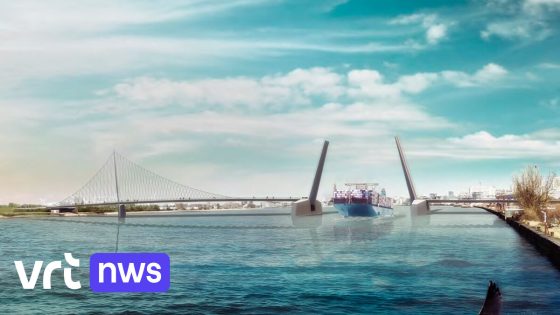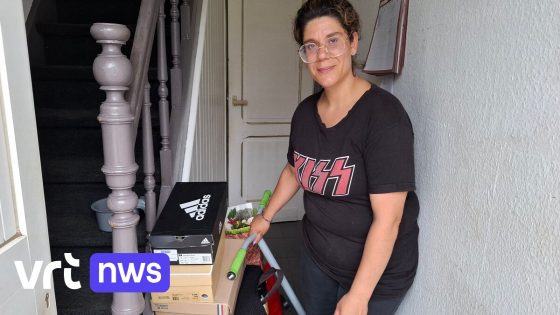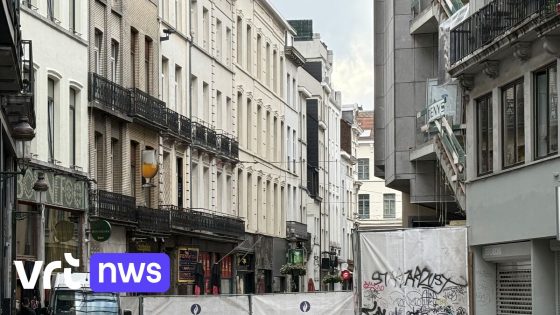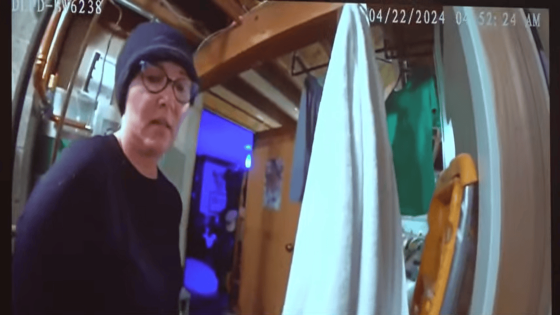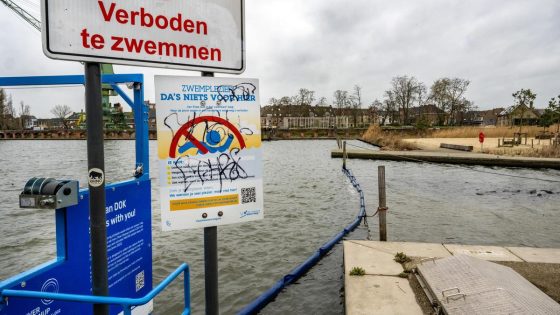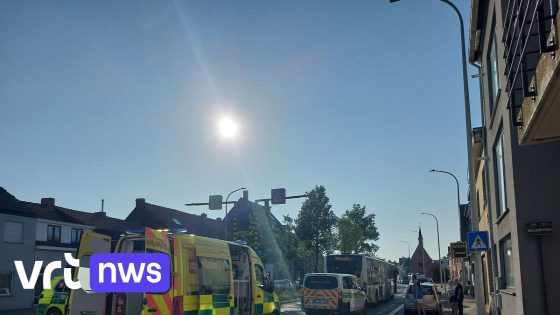The debate over the need for a new cyclists’ bridge over the Schelde has intensified in Belgium. Johan Blom, a professor of construction engineering at UAntwerpen, argues that the planned €250 million budget for this bridge could be better spent by converting the Waaslandtunnel for cyclists instead. This proposal has sparked discussions among the Flemish government parties.
- Geen nieuwe fietsersbrug over Schelde nodig
- Bouw Waaslandtunnel om voor fietsers
- Johan Blom lanceert deze stelling
- Budget van 250 miljoen euro gepland
- Fietsersbrugkosten veroorzaken regeringsdiscussie
- Discussie speelt tussen Vlaamse regeringspartijen
As of 2025-07-10 13:42:00, the question remains: is building a new cyclists’ bridge the best solution for improving bike connectivity across the Schelde? Or could adapting existing infrastructure like the Waaslandtunnel offer a more efficient and cost-effective alternative? These questions are central to ongoing debates about sustainable transport in Flanders.
With government budgets and environmental goals in mind, the decision will impact many local commuters and cyclists. What are the real benefits and drawbacks of each option? Let’s explore the key points before the final decision is made.
Is a new bridge really necessary, or can existing infrastructure be adapted? Blom’s proposal raises important considerations:
- Converting the Waaslandtunnel may reduce costs and environmental impact.
- The €250 million bridge budget is a major investment amid competing priorities.
- Improved cycling routes could boost sustainable transport in Antwerp and surrounding areas.
- Political consensus is crucial to avoid delays and ensure effective use of funds.
As discussions continue, the Flemish government must weigh cost, environmental impact, and commuter needs carefully. Will they prioritize innovation by repurposing existing tunnels, or invest in new infrastructure? Belgian cyclists and taxpayers alike await a clear and forward-thinking decision.



